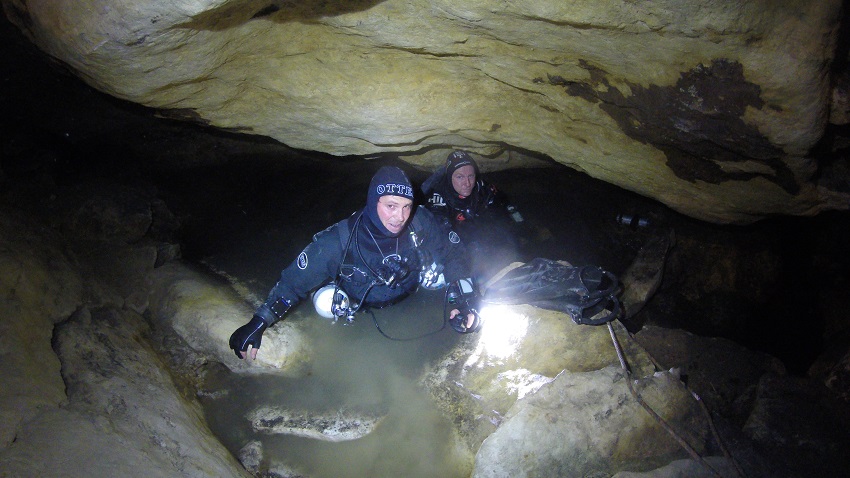Cave diving safety applied to OHS

Cave diving presents significant risk to participants however due to strict training and risk management procedures in Australia, it has an extremely low fatality rate. Pro Safety Gear takes a closer look.
In July 2018, cave diving fuelled international headlines as the world nervously awaited the rescue of a Thai soccer team trapped in the flooded Tham Luang cave.
Despite the threat of impending rains, failing pumps, low visibility, the boys’ inability to swim – let alone cave dive – and no direct route to the surface the boys were successfully rescued.
Cave diving hazards and risks
Cave diving is fraught with hazards and risks which may include strong currents, lack of visibility due to limited light or disturbed sediment, limited air supply and the potential to get lost in the caves, according to national director of the Cave Diving Association of Australia (CDAA), Peter Wolf.
In the workplace (and the sport), a hazard is a task, application, tool, environmental condition or otherwise that has the potential to cause harm – such as working at heights (or in this case, depths), chemicals, stress and fatigue.
Conversely, a risk is the likelihood that someone will be harmed (e.g. death, injury or illness) when they are exposed to hazards.
According to Wolf, there was very little knowledge about cave diving or the hazards and risks involved before 1973. As a result, divers would enter underwater caves without the insight, tools or skills necessary to successfully complete the dive.
“Sadly, this resulted in a large number of fatalities in a short space of time. The authorities subsequently put a ban on cave diving,” said Wolf.
The CDAA was formed in response to the ban, and “introduced training and assessment protocols, mandatory equipment standards and controls to ensure only suitably qualified, experienced and equipped divers could enter these sites to go cave diving”.
“Since this time, the risks associated with cave diving have not changed. Each time we go diving we are entering an environment that is totally inhospitable to human life,” explained Wolf.
“However, with greater understanding, shared experiences, and improvements to technology, our equipment and training has continually been refined in a way that has improved the margin of safety significantly.”

Evaluating a new dive and managing risk
When asked about how divers assess a new site, Wolf said: “The way we approach a cave dive – whether we are diving a site for the first time or the hundredth time – is virtually the same”.
“The environment is dynamic, and something over which we have very little control, so we must be prepared that things may go wrong or the conditions may change at any time.”
Navigating complex cave systems can be difficult at the best of times, but overly muddied waters can force divers to feel their way through. Continuous guide lines fixed to the wall, floor or ceiling of the caves help divers find their way back to the surface.
In some cases, passages can be so narrow that divers will need to remove their gas tanks and other gear to crawl through, pushing it ahead of them. Extra exertion will cause divers to use their limited air up faster, reducing the amount of time divers can safely spend underwater.
As a general rule, divers turn around once they’ve used one-third of their air, ensuring they have enough to get back to the surface.
Thankfully, these strict safety protocols driven by the CDAA mean things rarely go wrong and there’s been very few fatalities since cave diving became regulated in 1973.

Wolf attributes this success to Australia’s “excellent knowledge base”, training, equipment, and redundancy – where divers are expected to carry multiples of each piece of equipment on every dive.
“Each diver always carries multiples of each piece of equipment – gas cylinders, regulators, lights, cutting devices, masks, spools, buoyancy control devices and computers on every dive. This allows us to deal with potential equipment failures – and in a rugged underwater environment, equipment failures do occur,” said Wolf.
Having a diving buddy also helps ensure a diver’s safety, by questioning their decisions, motivations, actions and mental state and keeping them in line.
“Inadequately trained (or completely untrained) divers entering cave systems is probably the biggest cause of cave diving fatalities around the world,” said Wolf.
“In Australia, a rigid approach to maintain high level training standards and strict site access protocols have ensured that we do not go down a similar path.”
Cave diving training is available through the CDAA, here: http://www.cavedivers.com.au/training






































































